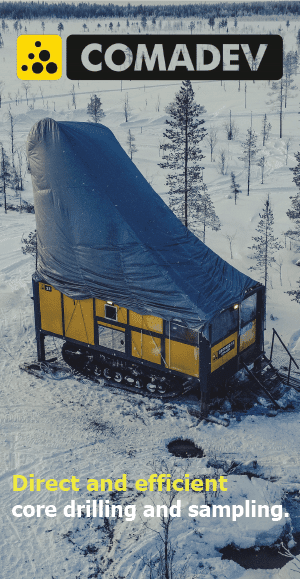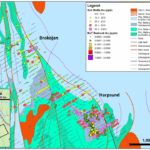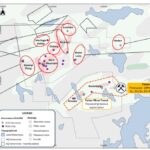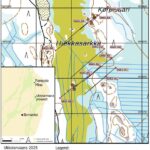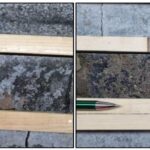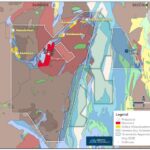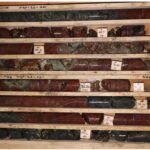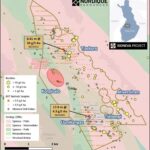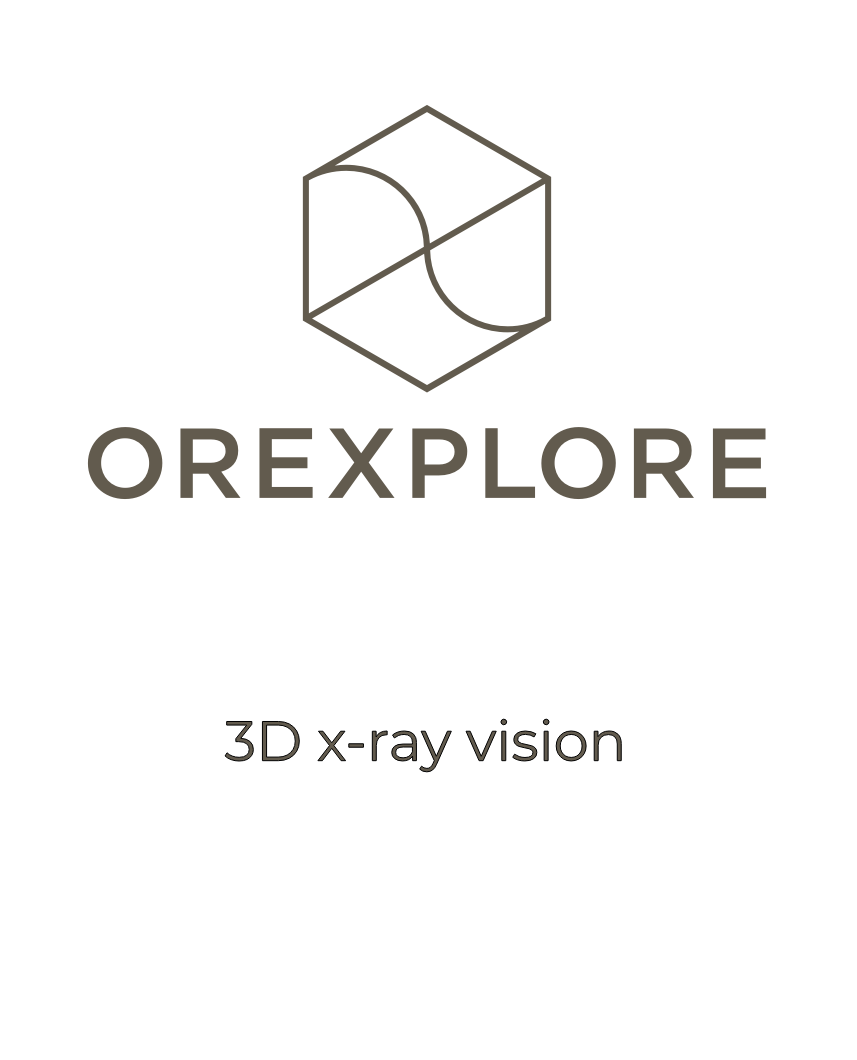This article is intended to make life a little bit easier for everyone interested in mineral exploration in Finland. We’ll start with a brief overview of the country’s raw material sector and a look at some of the most important legislation before sharing the best ways to access geological, geographical, and cadastral data. Be sure to check out our new free resources page where we will add more and more useful content going forward.
The Finnish Mining Industry⚒️
Home to the EU’s largest gold mine, its only chromite mine, its largest cobalt refinery, and blessed with one of the best managed and regulated exploration sectors, the Finnish mining idustry is of strategic importance for the raw material supply and independence of the union.
Finland has currently eight active metal mines and several larger, advanced-stage projects that are expected to come online within the next few years. These include the Sakkatti magmatic nickel sulfide deposit, the recently discovered Ikkari gold deposit, the Keliber lithium project and the Sokli rare earth – phosphate project.
Over the years, the country’s well-developed mineral exploration industry, its highly prospective bedrock, and recent major discoveries (Sakkatti, Ikkari) attracted substantial interest from major mining companies like Anglo American, Agnico Eagle, Boliden, Sibanye Stillwater, and BHP to name a few.
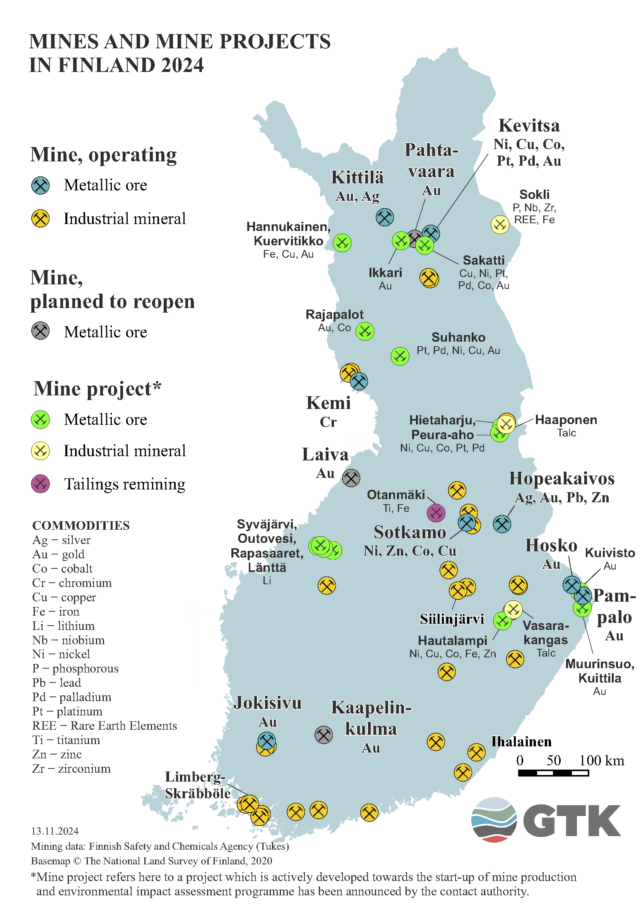
Statistics 📊
Finland is of key strategic importance for several commodities to the European Union. The country for example controls almost 90% of the inner European nickel production and around 90% of the EU’s cobalt refining market.
Recently, Finland also became the union’s only producer of uranium which is expected to supply about half the country’s uranium needed for its nuclear power plants during the next years.
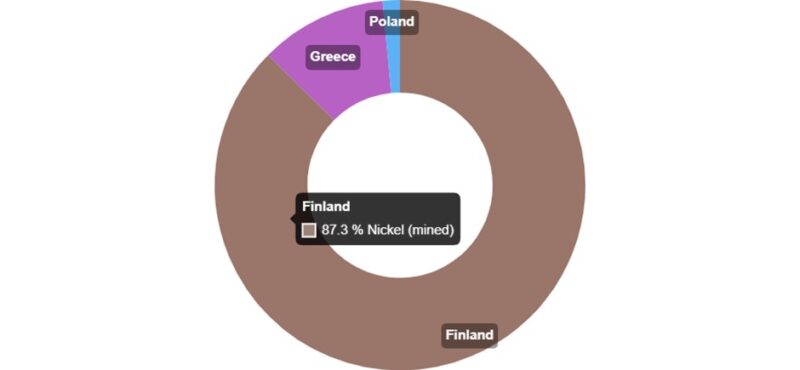
In terms of exploration expenditures, Finland has attracted more and more investments and has been outperforming the global average over approximately the last 10 years.
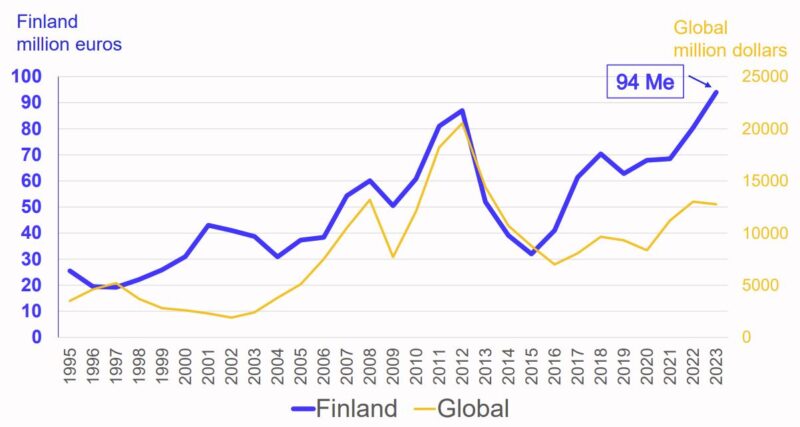
This trend is also visible in a further breakdown of TUKES’s exploration-related data shown below. In addition to for example the size of landholdings, the statistics also provide some information on drilling meters, which are probably one of the best indicators to assess the health of a country’s exploration industry. While I don’t know how exactly TUKES defines Grassroot, Greenfield, and Brownfield drilling, the data appears to indicate that a lot of the money in Finland goes to finding completely new deposits as opposed to brownfield exploration.

Responsible Authorities🏛️
In Finland, everything related to exploration and mining is essentially managed by the Geological Survey of Finland (GTK) and the Finnish Safety and Chemicals Agency’s (TUKES) mining department. While the GTK, among others, focuses on bedrock and mineral resources, TUKES is the licensing and supervisory authority, dealing with, for example, issuing exploration permits.
Governing legislation⚖️📜
The primary laws governing mineral exploration and mining in Finland are the Mining Act and the associated Government Decree. On June 1st, 2023, several amendments (505/2023) to the Mining Act entered into force. Among the most important changes were the amendments to the reservations (limited size, introduction of a fee), giving municipalities more rights, and forcing exploration permit holders to run yearly town hall meetings to keep the residents updated on the latest work programs.
While these changes sound like more work and high costs for the industry, they also remove less serious actors from the game, thus hindering, for example, the blocking of large areas of the country for strategic reasons.
As in Norway and Sweden and depending on the location and nature of the planned activities, there are, of course, other laws and regulations that must be considered, not only at the national level but also at regional and local levels. Some of the more commonly referred to laws include the Reindeer Husbandry Act and the Environmental Protection Act.
The permitting system✅
The Finnish system works with a reservation and exploration permit. The former allows you to dconduct simple prospecting work like geological sampling and mapping and gives you the priority right to apply for an exploration permit in a certain area, whereas the latter is needed to conduct more extensive exploration work like trenching or diamond drilling and gives the permit holder a priority right to apply for a mining permit.
The fees are 1 euro per hectare for the reservations and 20 euros per hectare for the first four years of a valid exploration permit. During years five, six, and seven, the fee increases to 30 euros, during years eight, nine, and ten to 40 euros and during years eleven to fifteen (the last year) to 50 euros per hectare.
While the landholding fees are significantly more expensive than in Sweden or Norway, they are paid directly to the landowners and not the state, thus directly benefiting the affected stakeholders.
The recent changes in the mining code also affected the permitting situation. Among others, the reservation area is now limited in size and comes with the abovementioned fee of 1 Euro per hectare and extensions of exploration permits beyond year 10 require the consent of >50% of the affected landowners.
More information on the permitting system and the forms to file reservation and exploration permit applications can be found here.
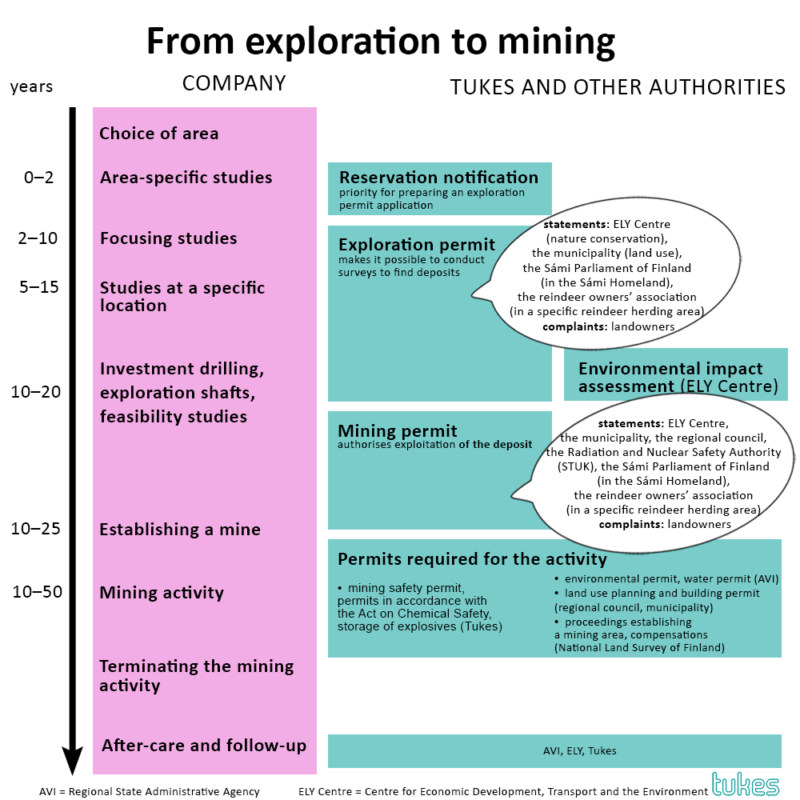
How to Access Data📂
Now, let’s move on to the most practical part of the article – how to access the key datasets for mineral exploration in Finland.

